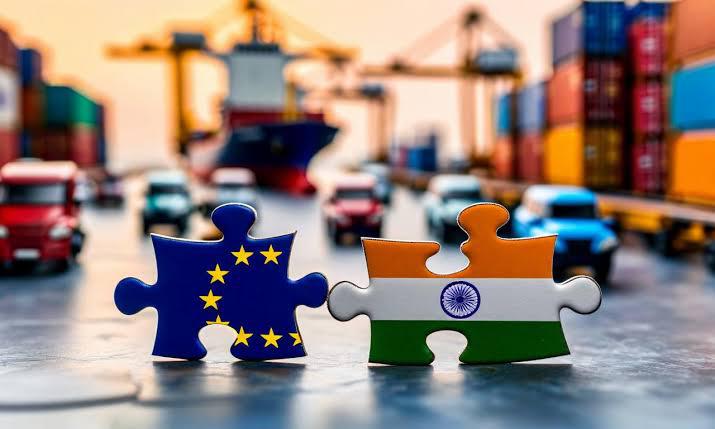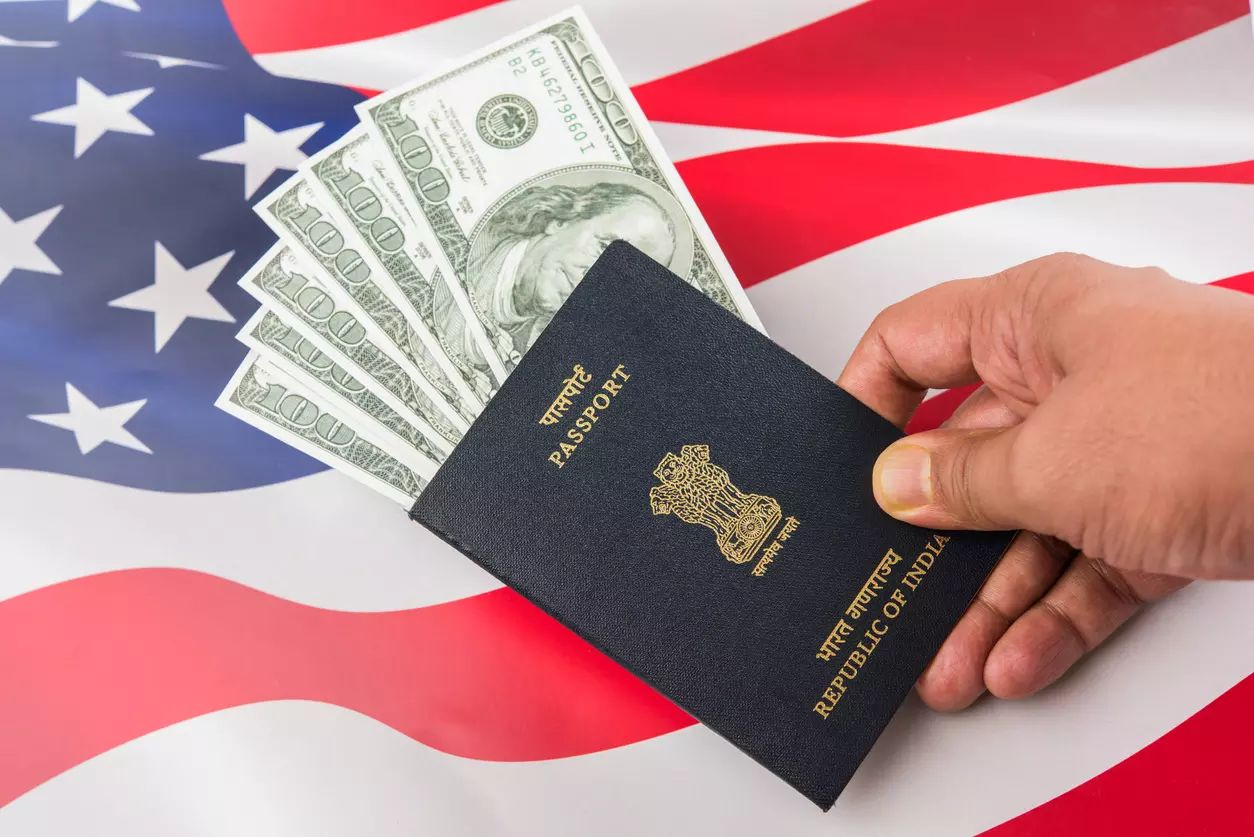The architecture of international relations is undergoing a fundamental transformation, with rigid Cold War-era alliance structures giving way to more fluid, issue-based partnerships that reflect the complex realities of a multipolar world. India’s strategic approach to this evolving landscape exemplifies a sophisticated understanding of how middle powers can maximize their influence and autonomy through what might be termed “flex-networks” – informal arrangements that provide the benefits of cooperation without the constraints of formal military alliances. This approach, rooted in India’s historical experience with non-alignment but adapted to contemporary geopolitical realities, offers valuable insights into how nations can navigate an increasingly complex international system while preserving strategic autonomy and advancing national interests.

India’s participation in groups that seem to be at odds with each other at the same time shows how this flex-network strategy works in real life. India is the only member of the Quad that doesn’t have a formal military alliance with any of the other three members. However, it still takes part in the Quadrilateral Security Dialogue with the United States, Japan, and Australia. At the same time, it talks to China and Russia through BRICS and the Shanghai Cooperation Organization (SCO). This seeming contradiction is the result of a strategic choice to keep multiple partnerships that serve different parts of India’s national interests without requiring exclusive commitments that could limit future policy options.
At their October 2024 summit in Kazan, Russia, the original five members of the BRICS coalition – Brazil, Russia, India, China, and South Africa – welcomed into their fold four new members: Egypt, Ethiopia, Iran, and the United Arab Emirates (UAE), with an additional 13 countries, namely Algeria, Belarus, Bolivia, Cuba, Indonesia, Kazakhstan, Malaysia, Nigeria, Thailand, Turkey, Uganda, Uzbekistan and Vietnam, were invited to participate as partner countries. This expansion demonstrates the appeal of flexible arrangements that allow countries to engage selectively on issues of mutual interest without requiring comprehensive alignment on all policy matters.
India’s approach to BRICS shows the practical benefits of flexible networks over strict alliance structures. While it values the economic and trade opportunities within the bloc, it is wary of China’s growing assertiveness, particularly in the Indo-Pacific region. Through initiatives like the Quad, India continues to build strategic alliances aimed at counterbalancing Chinese influence. India is still making strategic alliances to counterbalance China’s power, such as the Quad.
The idea of strategic autonomy that guides India’s flex-network approach is a modernized version of non-aligned principles that have been adapted to fit the times. For India, this means that the country will keep working to protect its national interests while also working with many other countries, both state and non-state. It chose the assertive option, which had a much wider range, while still keeping the meaning of “independent policy.” This way of thinking understands that in a world with many poles, exclusive alignments may limit a country’s strategic options instead of expanding them, especially for countries like India that have interests in many regions and issues.
While there is a lot of global focus on the Quad – a grouping including Australia, Japan, India, and the U.S. – its counterpart, I2U2 (India, Israel, the United Arab Emirates, and the U.S.) continues its work under the radar. The I2U2 partnership demonstrates how India can engage with traditional allies of major powers while maintaining its strategic autonomy. India is part of the SCO, Quad, and I2U2 at the same time. Hence, it will help India to maintain strategic autonomy, allowing the country to pursue diverse partnerships that serve different aspects of its national interests.
The practical advantages of flex-networks over military blocs become particularly evident when examining the constraints that formal alliances can impose. Military alliances typically require members to support each other’s positions across a broad range of issues, potentially forcing countries to take positions that may not align with their national interests in specific situations. Flex-networks, by contrast, allow selective engagement on issues where interests converge while maintaining independence on matters where they diverge. This flexibility is particularly valuable for countries like India, which have complex relationships with multiple major powers and need to balance diverse interests across different regions and issue areas.
India’s history of not being part of any military alliances helps explain why flex-networks might be better than formal military alliances. India’s non-aligned stance during the Cold War was sometimes seen as fence-sitting, but it gave the country a lot of strategic advantages by letting it work with both superpowers and act as a bridge between different ideological groups. The flex-network approach is a modern use of similar ideas. It understands that in a world with many poles, keeping strategic independence may be more important than forming exclusive alliances that limit future options.
The effectiveness of India’s flex-network strategy can be observed in its ability to maintain productive relationships with countries that are themselves in conflict or competition with each other. India’s continued engagement with Russia despite Western sanctions, its growing partnership with the United States despite differences on various issues, and its participation in China-inclusive groupings despite border tensions all demonstrate the practical benefits of flexible arrangements that allow issue-specific cooperation without requiring comprehensive alignment. This approach would be impossible within a traditional alliance framework, which typically requires members to support each other’s positions across a broad range of issues.
The economic dimensions of flex-networks also offer advantages over military alliances, which may impose constraints on economic relationships with non-allied countries. India’s approach allows it to pursue economic opportunities across multiple partnerships simultaneously, maximizing its access to markets, investment, and technology without being constrained by the political requirements of formal alliances.
The flex-network approach also reflects broader changes like international cooperation in the 21st century. Many of the most pressing global challenges – from climate change to cybersecurity to pandemic response – require cooperation across traditional alliance boundaries and benefit from flexible arrangements that can adapt to changing circumstances.
However, the flex-network strategy is not without its limitations and challenges. Maintaining multiple partnerships requires sophisticated diplomatic management and can sometimes lead to conflicting expectations from different partners. The need to balance diverse relationships may also limit India’s ability to take strong positions on certain issues, particularly when doing so might jeopardize relationships with other partners. Additionally, the lack of formal commitments that characterizes flex-networks may limit the depth of cooperation that can be achieved in some areas, particularly those requiring long-term commitments or sensitive information sharing.





